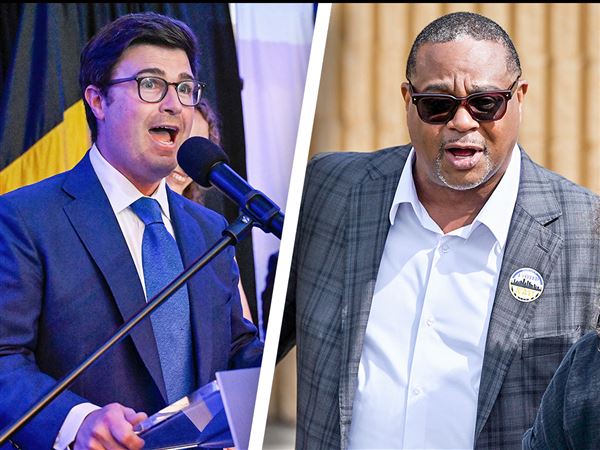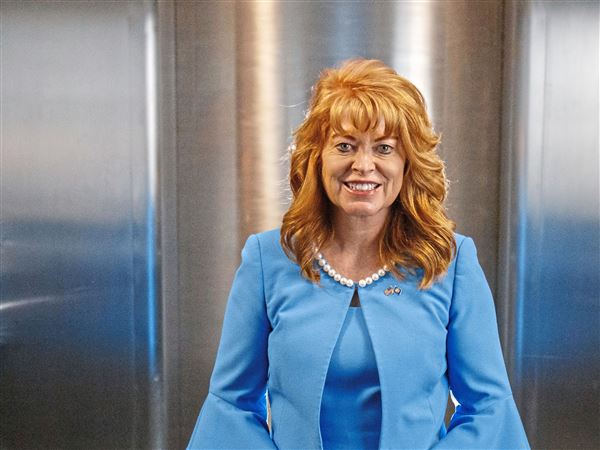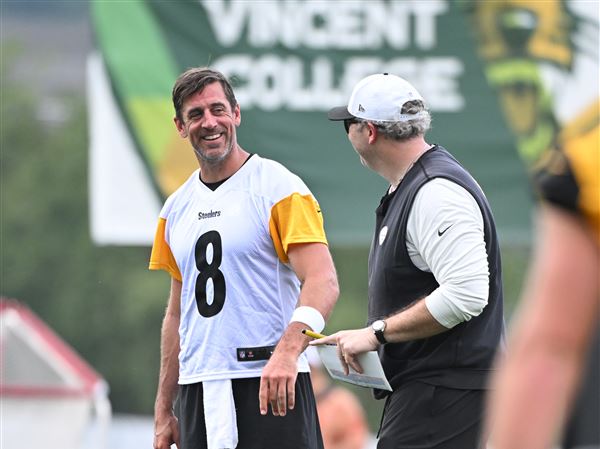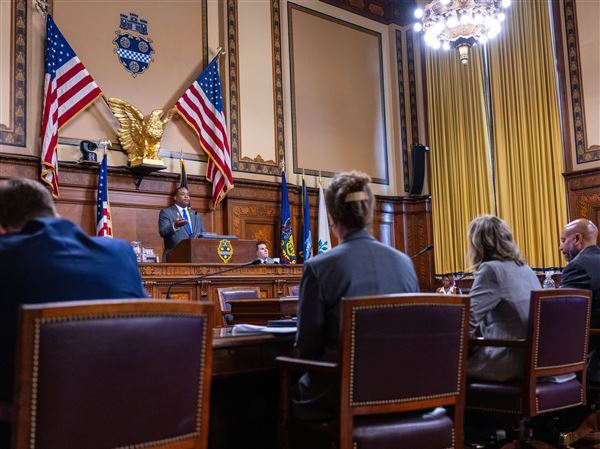Many private pilots agree that two Pennsylvanians made one of the dumbest aviation mistakes ever when they strayed into restricted space near the White House last week.
But would the punishment that could have been meted out have fit the crime?
"Pilots are furious that these guys made such a stupid mistake, but almost universally pilots do not believe that kind of mistake -- even that large of a mistake -- is worth a death warrant,'' said Chris Dancy, spokesman for the Aircraft Owners and Pilots Association.
Dancy, whose organization has a membership of more than 400,000, about two-thirds of all pilots in the United States was responding yesterday to reports that the federal government came within seconds of ordering fighter jets to shoot down the errant Cessna 150.
The two-seat plane, on its way Wednesday from Smoke-town, Lancaster County, to North Carolina, came within three miles of the White House and other national landmarks as national security officials discussed whether to destroy it.
Washington, D.C., was put on "red alert," and the White House, the Supreme Court and the Capitol were evacuated.
Despite the tension, Dancy said, "One of the most important things to remember about the incident on Wednesday is ultimately the system worked. Yes, the plane violated airspace, but defense officials very quickly identified the target of interest and just as quickly and correctly determined there was not a threat.''
At the Rostraver Airport outside Pittsburgh yesterday, Gerhard Schubert of Scott, a member of the local chapter of the Experimental Aircraft Association and a pilot since 1966, said, "It's the stupidity of these guys who do such a bad thing for the rest of us in aviation.
"It's the worst publicity you can have; it will have an impact on us, and on the freedom of flying.''
Given the post 9/11 security issues facing the nation, Schubert said he was conflicted about the possibility of shooting down the plane and sympathetic to the military's dilemma.
The pilots were lucky that their Cessna was so slow and small, Schubert said. Because the plane has a top speed of just 120 mph, the military had a little bit of time to decide whether to shoot it down.
A Cessna 150 is an unlikely choice for a terrorist attack, Dancy said, describing the plane as "one of the smallest aircraft flying with the least load-carrying capability.''
He said the plane's takeoff weight is about 1,600 pounds, with the plane itself accounting for about 1,100 pounds. A full fuel load adds another 156 pounds, leaving just 344 pounds for the two men aboard and any other gear.
The plane is about 21.5 feet long and has a wingspan of about 33.5 feet.
Even if the tail cargo area were packed with a couple of dozen pounds of explosives, "You have the issue of trying to get it to detonate on impact. The explosion would still be 10 to 15 feet away [from the target]. It would be in the back of the airplane,'' Dancy said.
"Even a Honda Civic can carry more than this could and can get a lot closer. There are far more effective ways if you want to carry out an attack than a Cessna 150.''
He noted that in 1994, a small plane crashed into the White House yard, killing the pilot.
"It destroyed the aircraft and caused essentially no damage to the building,'' Dancy said.
In last week's incident, the plane was in the hands of Hayden "Jim" Sheaffer Jr., who has a pilot's license, and Troy D. Martin, who is a student pilot and does not have a pilot's certificate.
The government is pledging to take serious action against the pilot.
"It is quite evident from anybody who witnessed Wednesday's incident that the pilot clearly had no idea what he wandered into,'' Greg Martin, spokesman for the Federal Aviation Administration, said yesterday.
"Any enforcement action we take is not done lightly.''
The Washington Post reported that Sheaffer, 69, froze when a Black Hawk helicopter neared his wing. Martin, 36, who had 30 hours of flight time, took over the controls and made the landing at an airport in Frederick, Md.
The Black Hawk helicopter was first on the scene, followed by two F-16 fighter jets.
Local pilots are still trying to comprehend how such a mistake was made.
At the Rostraver Airport, Rudy Vogelsberger of Baldwin Township, a pilot since 1969 and also a member of the Experimental Aircraft Association, said, "I could see somebody [flying over a rural area] and not knowing there was a nuclear power plant and getting too close to that. But to make that mistake [near the White House], it's a little hard to believe.''
Vogelsberger said he has had moments of temporary disorientation while up in the air, but has never gone so far off course. Around the Rostraver Airport, pilots easily find reference points, such as the ridges of the Laurel Highlands and serpentine flow of the Monongahela River.
Despite their perilous hobby, pilots seem to be more scrupulously risk-averse than others. Schubert described the myriad procedures in place to prevent a pilot from straying off course: flight-planning computer software, aircraft transponders, built-in or hand-held global-positioning equipment, and emergency radio frequencies that pilots can use to request support and positioning data from local airports.
Pilots are deluged with safety seminars, visits from FAA officials and constant e-mail updates of new aviation rules and restrictions, said Schubert.
"Nobody among us understands'' how Sheaffer got so far into restricted airspace he should have known about, said Schubert, a native of Germany who has been living in the United States for three years.
"It is a question of how you approach flying. With flying, you have to have good risk management. It's your life and your family. You have to be more careful than in a car. Up there, there is no brake. For me, I don't want any risk. I do the work. I make my flight plans.''
He pointed to a Cessna 152 airplane sitting on the tarmac, similar to the one in last week's emergency, the same kind that virtually every pilot trains on.
"It's really nothing exciting," said Schubert, who owns a Piper Cherokee aircraft. "It's a bunch of aluminum and an engine and 26 gallons of gas."

"Nobody among us understands'' how Sheaffer got so far into restricted airspace he should have known about, says pilot Gerhard Schubert at Rostraver Airport. The plane at right is a Cessna similar to the one that was involved in the incident.
Click photo for larger image.
First Published: May 15, 2005, 4:00 a.m.
















